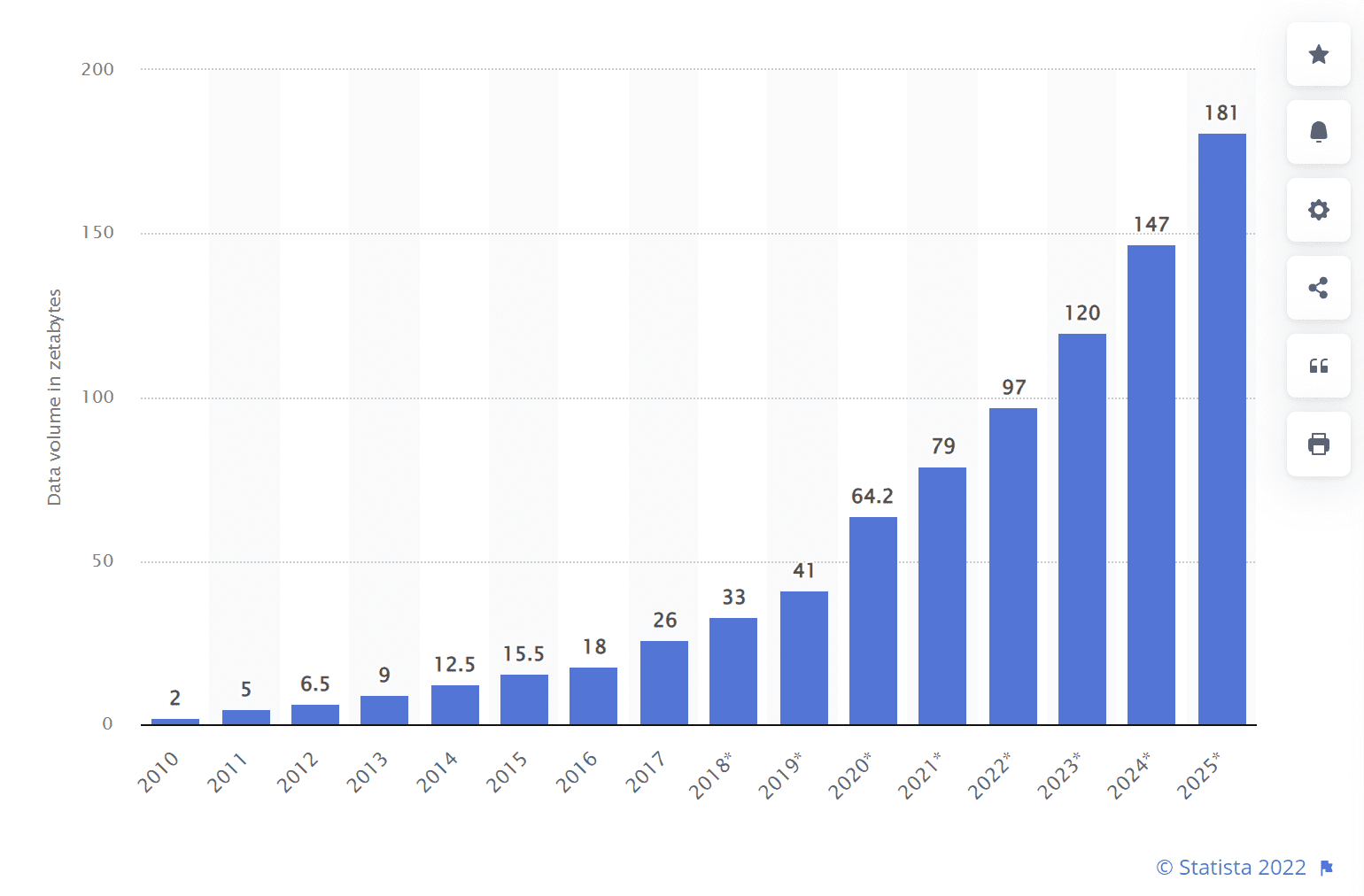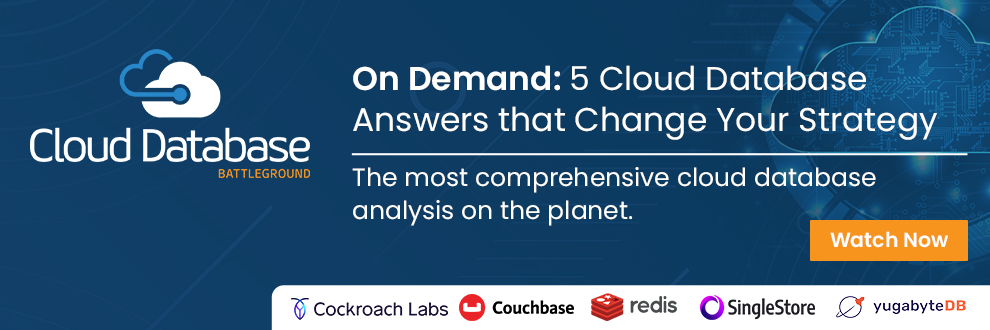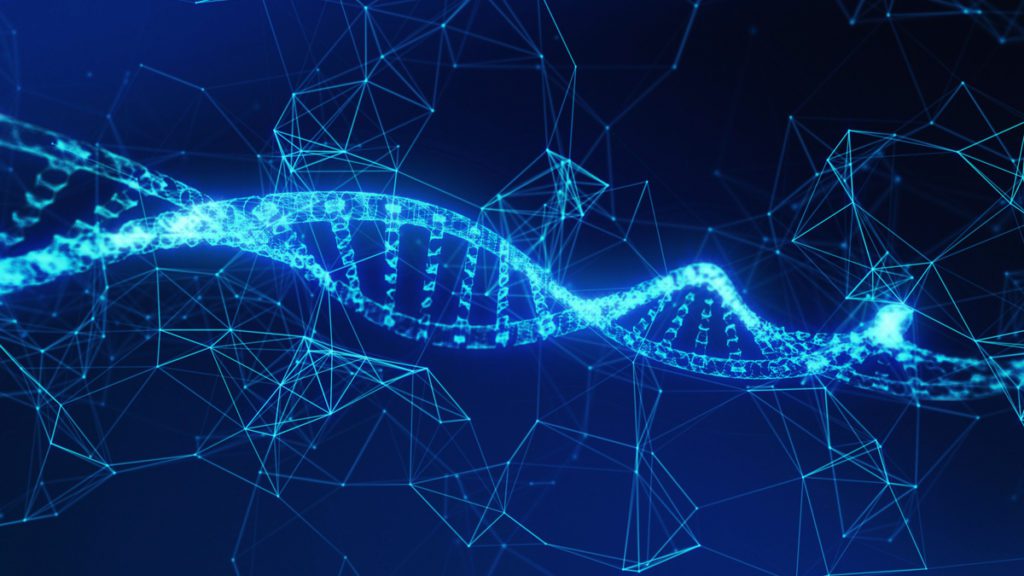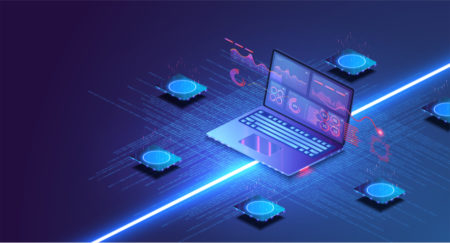
In today’s world, it has become evident to almost everyone that data is growing at an exponential rate. However, it seems that only data experts are aware of what that exponential growth really means when it comes to storing and organizing all that data. The simple fact of the matter is that data is now everywhere, being constantly generated by most any electronic device, ranging from IoT sensors to personal smartphones.
Of course, that data needs to be stored somewhere, or it becomes lost to the world, never to be accessed again. There seems to be no end in sight for the growing flood of data being created. Even so, I am still amazed by the fact that it is estimated that the amount of data produced in the last 5 years by humanity is over 100 times bigger than the whole aggregated amount of data in the entire human history.
I’m not one to suggest discarding data in favor of reducing the amount of storage needed. It is pretty evident that data has value, and even the most esoteric pieces of data can be used to tell a story, yet that leaves us with a conundrum. How do we store and manage this ocean of data?
The Need for an Abundance of Data Storage
Research organization Statista offers some sobering estimates, which are clearly defined in the chart below, which gives an indication of the exponential growth of the amount of data created, captured, copied, and consumed, and its forecast up to 2025.

I find the results of Statista’s research both intriguing and somewhat scary, especially in light of that only just around 20% of that data generated is stored. Yes, just 20% is stored and 80% is disposed of or lost. It is forecasted that by 2025 the world will be able to store up to 100 zetabytes of data, which means only around 55% of the data generated in that same year will be preserved.
Humans, with the aid of technology, are creating massive amounts of data, with a significant portion of that data being lost, since it appears to be inconsequential. Yet, all data has some type of value, especially in the era of Artificial Intelligence. AI has a hunger for data and the more data available to AI, the better. AI analyzes that data to optimize applications.
However, storing all of the data ever generated remains a significant challenge. It is estimated that over 1% of the worldwide energy generation is used to supply data centers, so people like you and I can write emails, post on social media, watch videos online or chat with your friends and family on the other side of the world. This is very challenging, as storing more data is needed.
The DNA Alternative
In 2011, after a hearing a joke about storing data in DNA, Nick Goldman, a group leader of the European Bioinformatics Institute (EBI) in the UK, created an experiment using DNA architecture to store digital data. Some 2 years later, Goldman was able to successfully encode 5 files, including Shakespeare’s sonnets and a snippet of Martin Luther King’s ‘I have a dream’ speech into DNA.
What I find most interesting is that storing data in DNA is a lot more efficient and thanks to the structure of DNA. By using the 4 main digits to sequence DNA, it is possible to store a very large capacity of data in a very small bit of physical matter, such a molecule of DNA. What’s more, DNA storage offers an impressive lifespan, where data can be preserved for thousands of years without corruption. Which is a vast improvement over magnet/digital storage that has a lifespan of little more than 50 years (paper can last much longer).
Nick Goldman and Ewan Birney of the European Bioinformatics Institute of the European Molecular Biology Laboratory claim that DNA’s ability to store data is so efficient that a single cup of DNA could store 100 million hours of HD video. “All digital images, videos, audio files, and text are reduced to strings of zeros and ones,” says Bioinformatics expert Associate Professor Jonathan Keith of Monash University. “With DNA you have four different bases that make up the molecule, so you have a four-character code instead of a two-character code. But the principle is the same.”
Some 10 years after Goldman’s initial work, there are numerous researchers investigating how to use DNA to store data and there are companies around the world investing in the potential of DNA as a storage medium. Those investments and research have been met with some success, as several companies now claim that successfully encode and decode large amounts of data.
Is Data Storage DNA the future of data storage? Maybe. It solves many current issues that we have today. In any case, it seems that the more that we learn about ourselves, the more that we can achieve.







